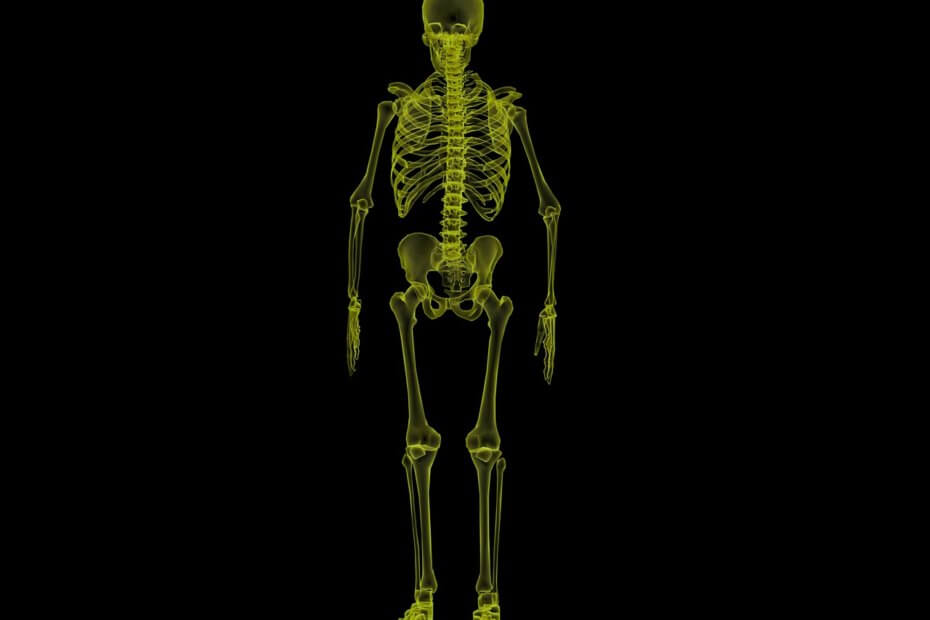Endocannabinoid: a complicated word. Let’s first break down the word, then move to its meaning.
Endo-cannabin-oid
“Endo” is shorthand for ‘endogenous,’ which translates to naturally occurring compounds and processes inside the human body.
“Cannabin” refers to compounds that are present in cannabis.
“oid” means similar to.
So, Endocannabinoids are natural compounds in the body that act in ways similar to the plant cannabinoids.
How does the Endocannabinoid System (ECS), work in the human body?
The ECS is a biochemical neuronal system that employs reverse synaptic signaling. Instead of the normal talk between neurons which typically occurs in “one direction,” the endocannabinoid system works in reverse. If a receiving neuron becomes overwhelmed by incoming neurotransmitters, the ECS kicks in, telling the sending neuron to “chill out.”
Thus, it is method to modulate incoming synaptic signals. Say a neuron that is activated by a neurotransmitter such as dopamine is deluged with a flood of dopamine. It may respond by releasing endocannabinoids to mute the response. The endocannabinoids then act on the sending neurons, signaling that the input is too much.
What does the endocannabinoid system consist of?
Several neurotransmitters have been identified. Anandamide and 2-arachidonylglycerol are amongst them, and it is interesting that both the compounds are derived from lipids in the membrane layer. These transmitters interact with the CB1 and CB2 receptors, which then internally signal the receiving cell.
Where are the cannabinoid receptors located?
Primarily in the brain and in the immune system. Interestingly, the immune system is similar to neuronal processes in that an “immunological synapse” forms between immune cells to communicate perceived threats. The role of the ECS here is still being explored.
What are the effects of cannabis on the endocannabinoid system?
Delta-9 THC, and to a lesser extent the minor cannabinoids, interact with the CB1 receptor in the brain, mimicking the natural endocannabinoids. Thus, cellular information exchange is altered, producing the well-known psychoactive effects. The effects on the receptors in the immune system is unknown, but under investigation.
This was a brief introduction of the ECS. Much still needs to be learned, once the absurd US prohibition on cannabis research relaxes. We’ll update as more data is developed.
